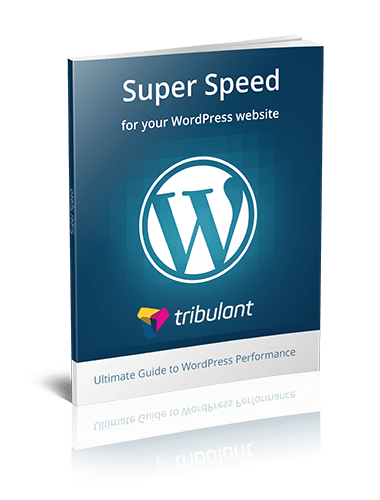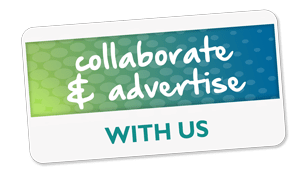
Top 4 Software Development Methodologies for Ultimate Development

Software development is the process of splitting up software development work into separate phases to boost design, management of product and project management. With the continuous demand for software solutions all over the world, developers could also venture into software outsourcing for more profitability.
The demand for a software development service only increases every year. Developers of software solutions have one of the most classic technology jobs today. They craft and maintain a wide range of computer programs with different complexities. There is a projection from the Bureau of Labor Statistics that there would be a growth of 31 percent in software development careers by the year 2026.
Software development without a doubt is one of the best IT occupations for those who seek a secure job and a great paycheck. To join a software development company, a developer primarily should have the skills and the creativity to craft great solutions.
THE TOP FOUR SOFTWARE DEVELOPMENT METHODS
Here are the four tops when it comes to software development that a software development company should pay attention to.
WATERFALL
This is a sequential approach model wherein every fundamental activity of a process is represented as a separate phase and arranged in a linear system. In principle, Waterfall should be applied only when requirements and completely understood and not likely to severely change during development since this model relatively has a rigid structure, which makes giving room to a change relatively difficult when development is underway.
Chief Features:
- Also known as the linear sequential life cycle model.
- Considered as the traditional method to explain the process of developing software.
- Best for small projects.
- The next development phase will not start until and unless the previous one is accomplished. Phases do not overlap.
- Great for requirements that are predictable and stable.
Advantages:
- It’s a structured approach
- Ease in understanding
- Well-defined activities and stages
- Early error detection as it enables verification at each stage
- Helps in appropriate planning and scheduling of activities
Disadvantages:
- Difficult to go back to any phase once done
- Inferior possible outcomes anticipation
- Scant flexibility
- Big implementation cost
- Does not specify guidelines on handling requirements change
V-SHAPED
A Waterfall method extension, which tests at every development phase. The same with Waterfall, the process could run into barriers. It is best for teams that work on smaller projects with a tight scope. It is not however meant for those who require more flexibility as well as early users’ input. There’s current process control in every stage, making certain that the conversion to the next stage is possible.
Chief Features:
- Considered as a Waterfall extension.
- Each development cycle phase is supported by a testing phase.
- Known as the validation and verification model.
- Best for projects that require accurate product testing
Advantages:
- Simple and easy to use
- Higher chance of success due to the early test plans
- Specific deliverables for every phase
- Suitable for small projects
Disadvantages:
- Software prototypes formation occur at the implementation phase
- The model is inflexible
- Requires test project update if changes occur mid-way
- Does not provide a clear path for issues found during the testing stages
SPIRAL
Each phase starts with the goal for design, ending with the progress reviewed by the client. A small set of requirements is the starting point for the development team, then moving towards every development stage for the requirements. The engineering team adds functionality for more requirements in an ever-growing spiral until the application is production-ready.
Chief Features:
- Composite of the Iterative and Waterfall model.
- Favorable for premium, complicated and broad projects.
- Each development phase leads to the formation of the Spiral with a lot of loops.
- Every phase is marked with and ends with the client checking out the project.
Advantages:
- Prototypes formation occur early, thus estimating cost is easy
- Changes could be done later
- Involves a two-way communication between a client and developer, thus client feedback is encouraged
- Stringent adherence to protocols
- More accurate requirements prediction
Disadvantages:
- Big documentation required due to intermediate phases
- Not possible for small projects
- Requires the right risk assessment
INCREMENTAL AND ITERATIVE METHOD
For huge projects, this is the best choice. Furthermore, it’s more affordable with a change in requirements since they support each increment’s interactions. Software initial versions are produced early on, facilitating the evaluation and feedback of the customer. The processes are a middle-ground between the upfront planning and structure of Waterfall.
Chief Features:
- It begins with initial planning and ends with cyclic development.
- Developed to tame the Waterfall model’s weaknesses.
- In-between interactions, with an idea to develop a system via repeated cycles or iterative and in smaller servings at a time. Incremental, which means that it enables developers to take advantage of the learnings during the development of the system’s earlier versions.
- Consists of mini Waterfall cycles.
Advantages:
- Effective use of meager resources via proper increment definition
- Generates a working model early on
- Reducing the initial cost of delivery
- Could serve requests for change between increments
- Client involvement at every stage
Disadvantages:
- Greatly depends on pre-planning
- Defines increment based on feature and function dependencies
- Adheres to a defined set of processes
- More expensive than Waterfall
Dave Jarvis is working as a Business Development Executive at – eTatvaSoft.com, an enterprise-level mobile & web application development company. He aims to sharpen his analytical skills, deepening his data understanding and broaden his business knowledge in these years of his career. Follow him on Twitter.
Beautiful Newsletter Templates
Professional newsletter templates that are fully responsive for desktop, tablet, and mobile. They are 100% cross-client compatible.




No comments yet